adma
Superstar
There's also some stones within the east transept door--but I notice that's been walled in lately, likely to ward off vagrants, vandalism, etc. (When did that start? During Occupy's stint in St James Park?)
How have you been Goldie? Here is a Kodachrome slide show for you.
http://www.vanityfair.com/culture/features/2011/02/last-kodachrome-slide-show-201102#slide=1
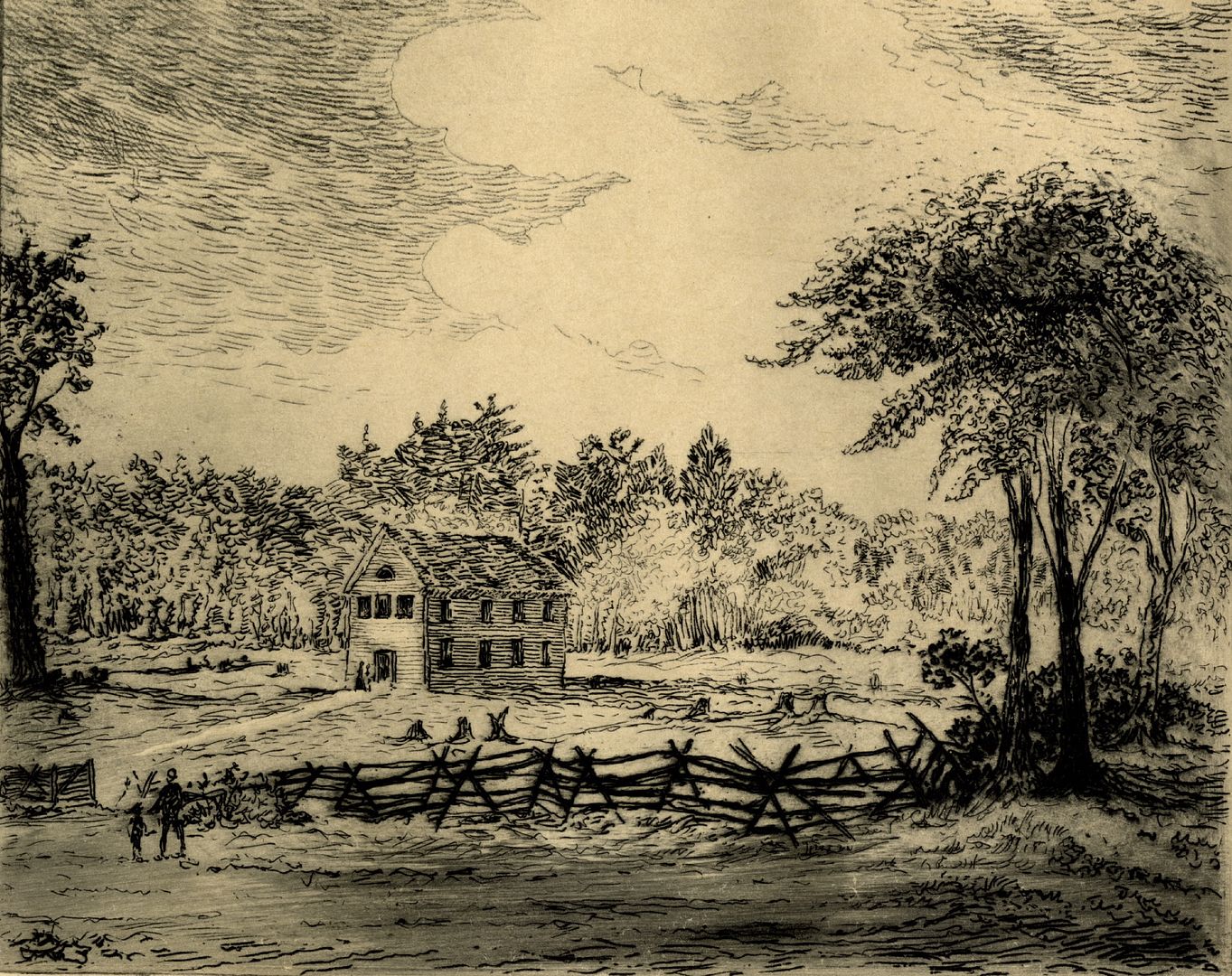
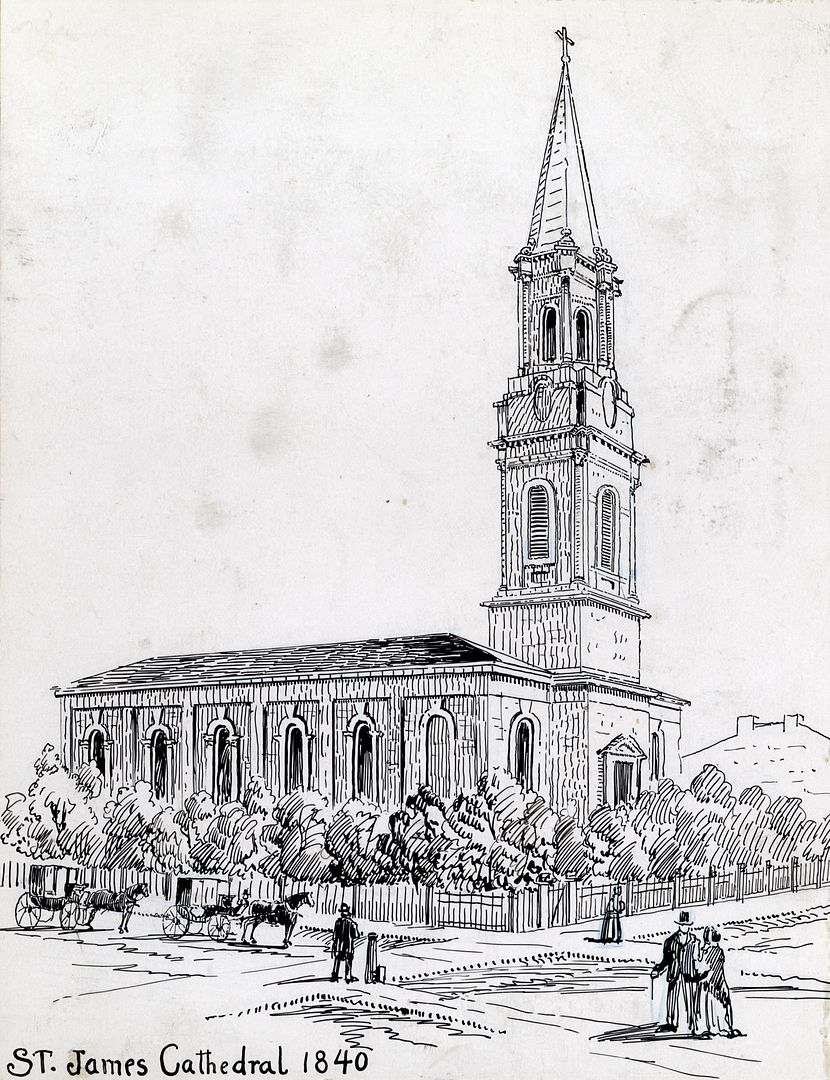
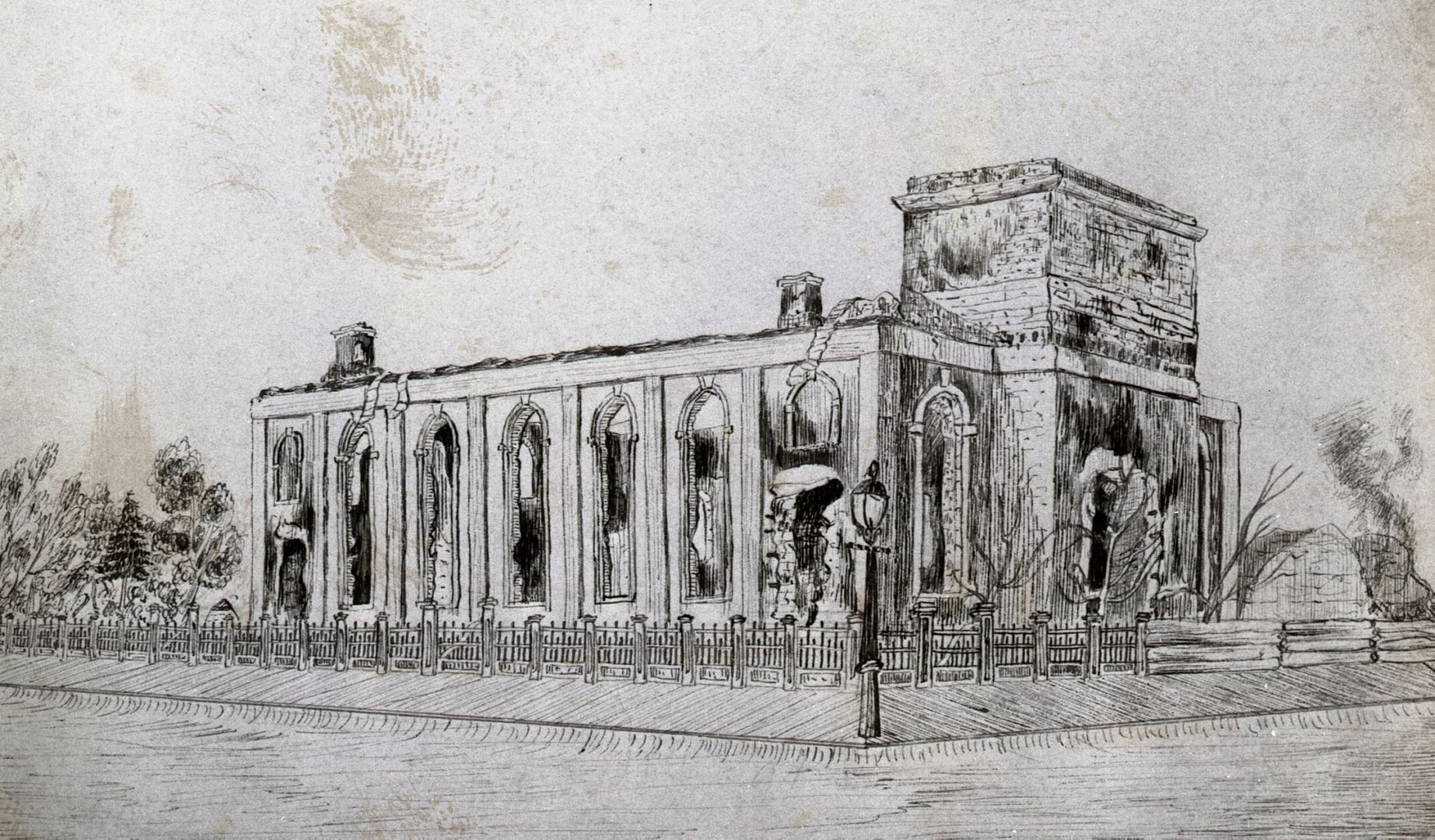
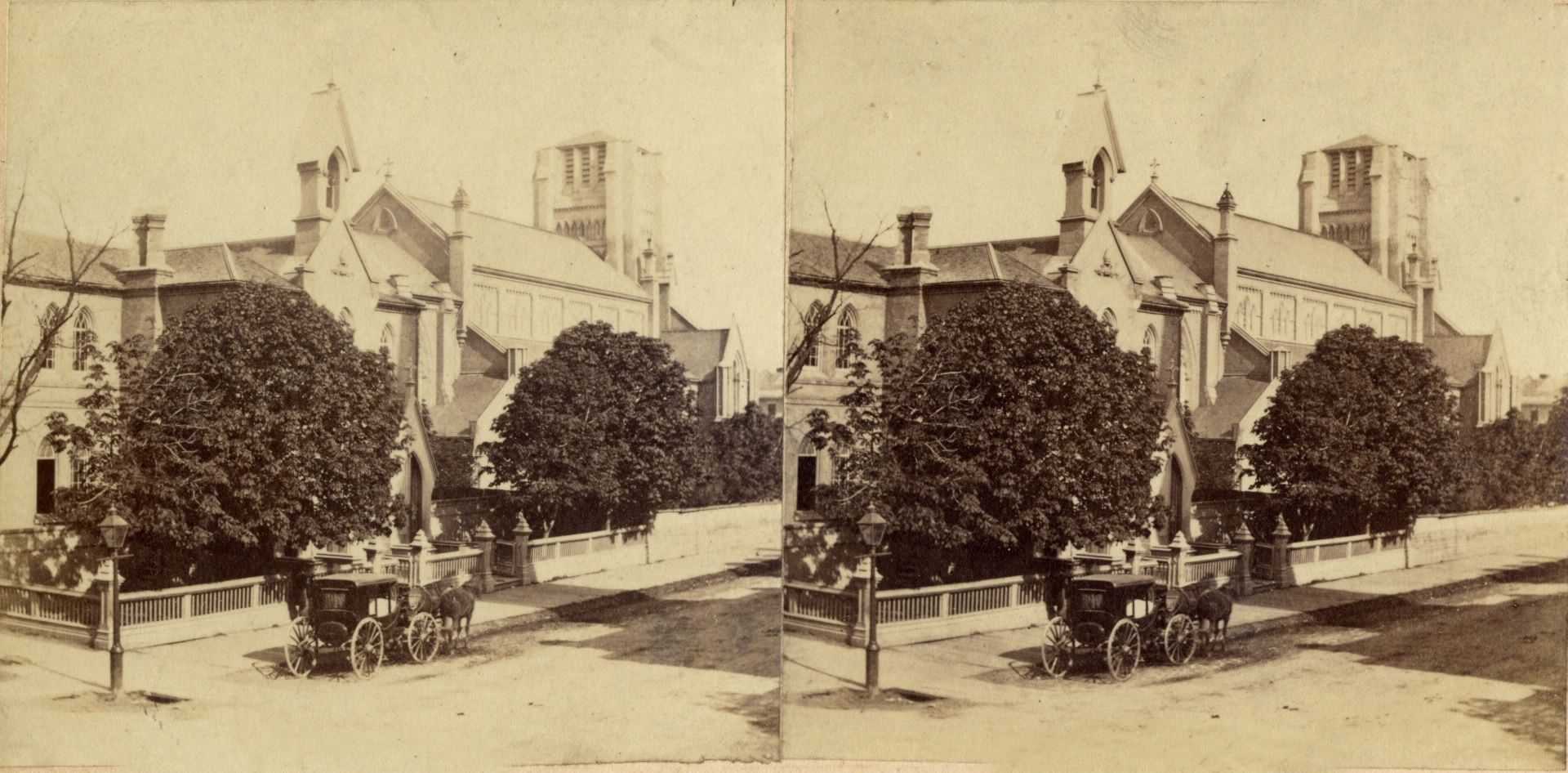
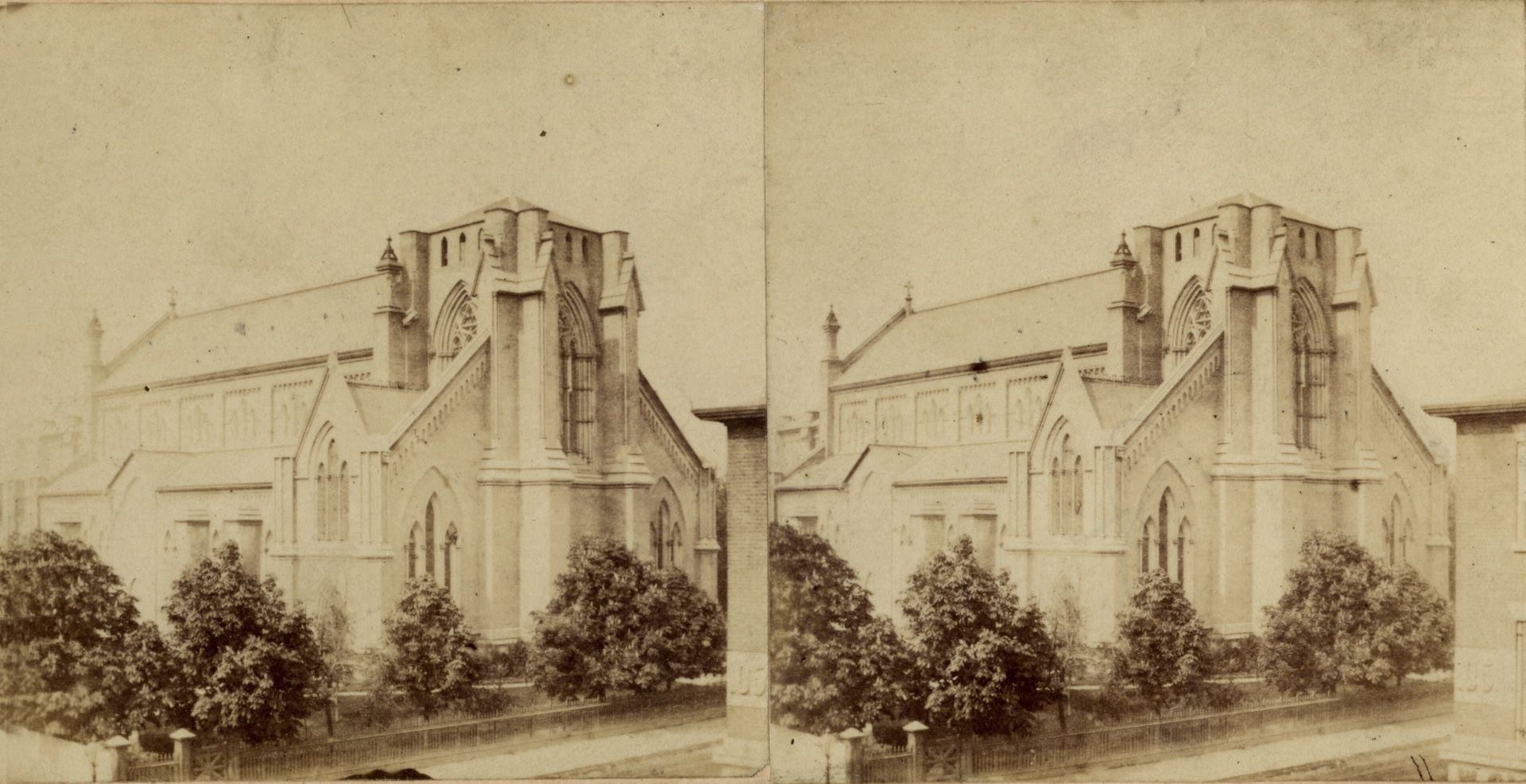
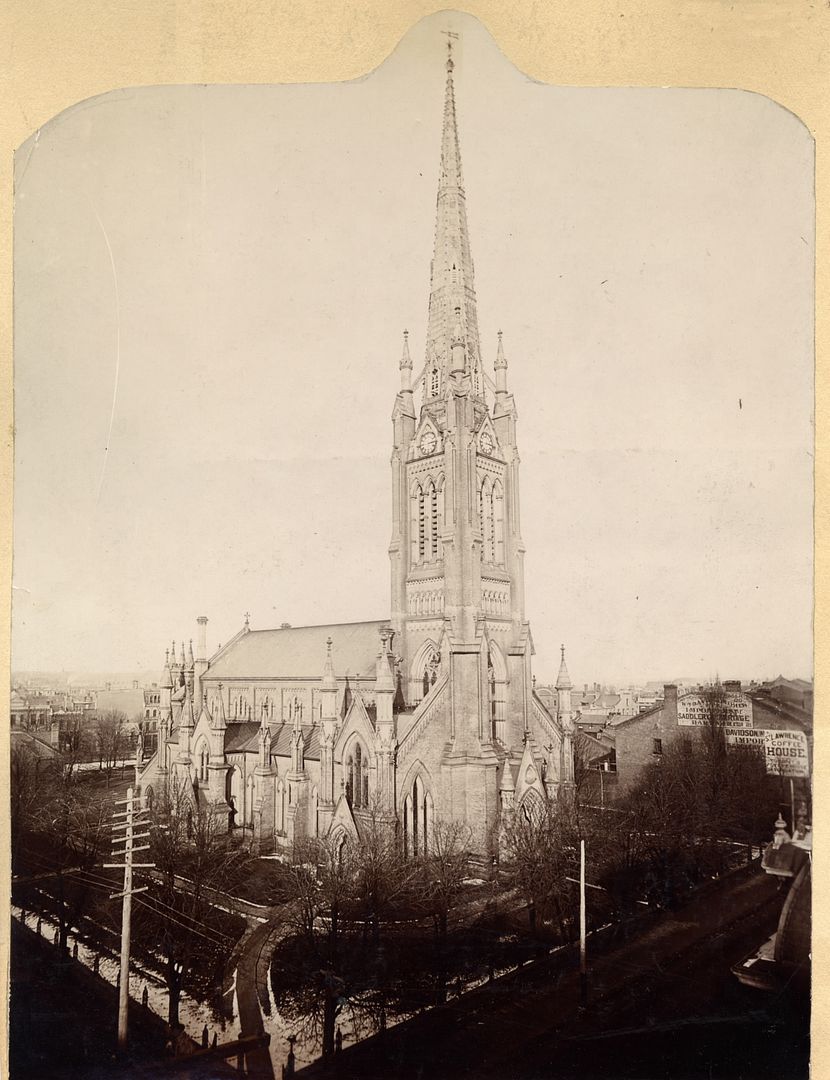
The First St. James in 1816:

It's difficult to comprehend our downtown Toronto covered by a forest 200 years ago.
The rapid "progress" to a forest of condos is amazing!
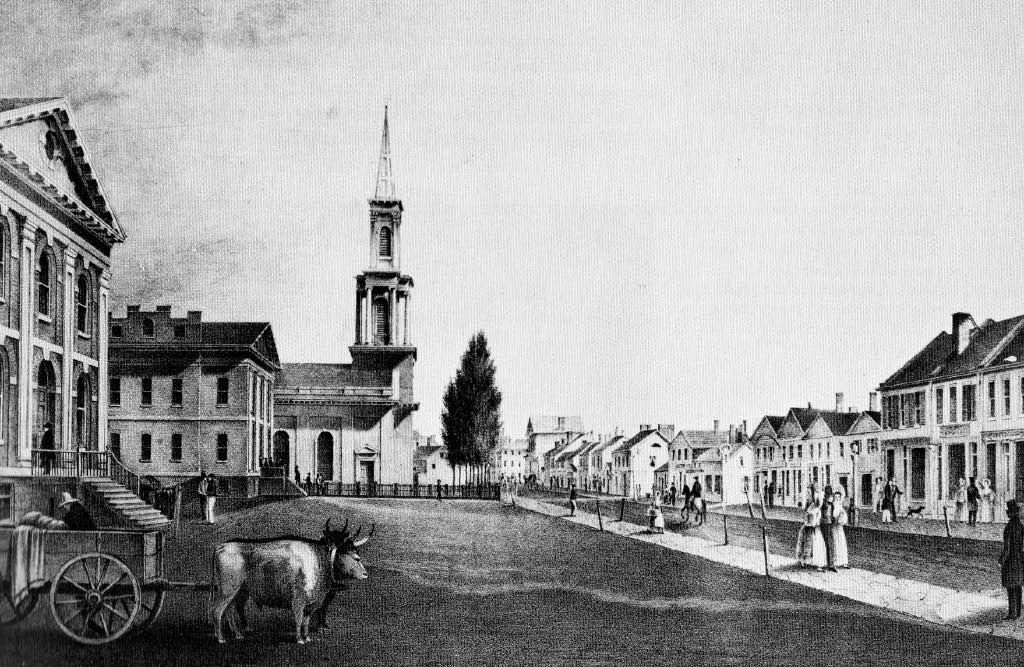
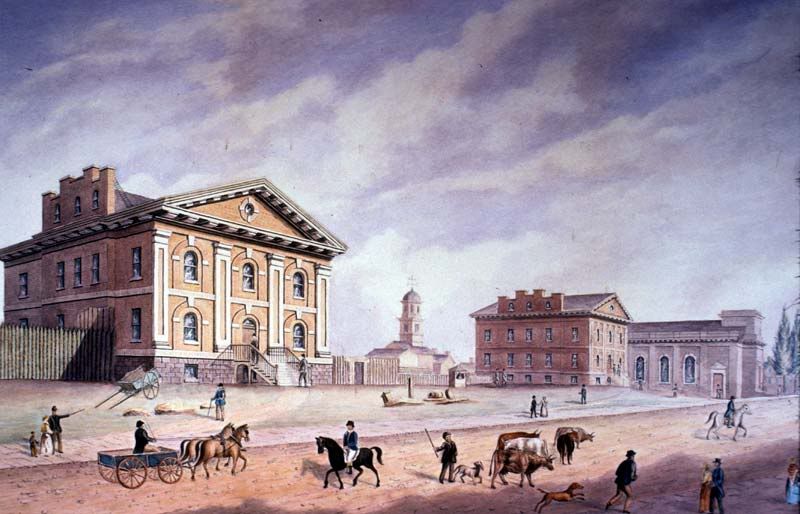
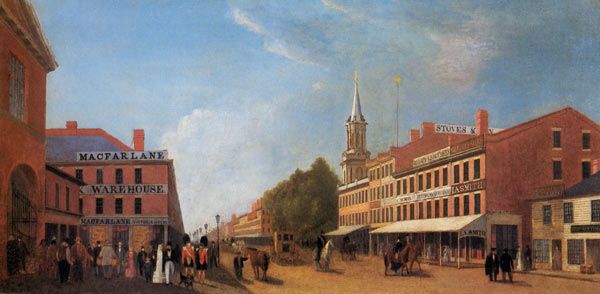
Although, bear in mind that the above illustrations are the work of artists who may well have elected to leave various "unaesthetic" elements out of the picture.Toronto was a good looking city back then. The streetscapes without the usual junk like overhead wires and massive wooden poles are quite elegant amidst the low-rise urban built form.
1861:

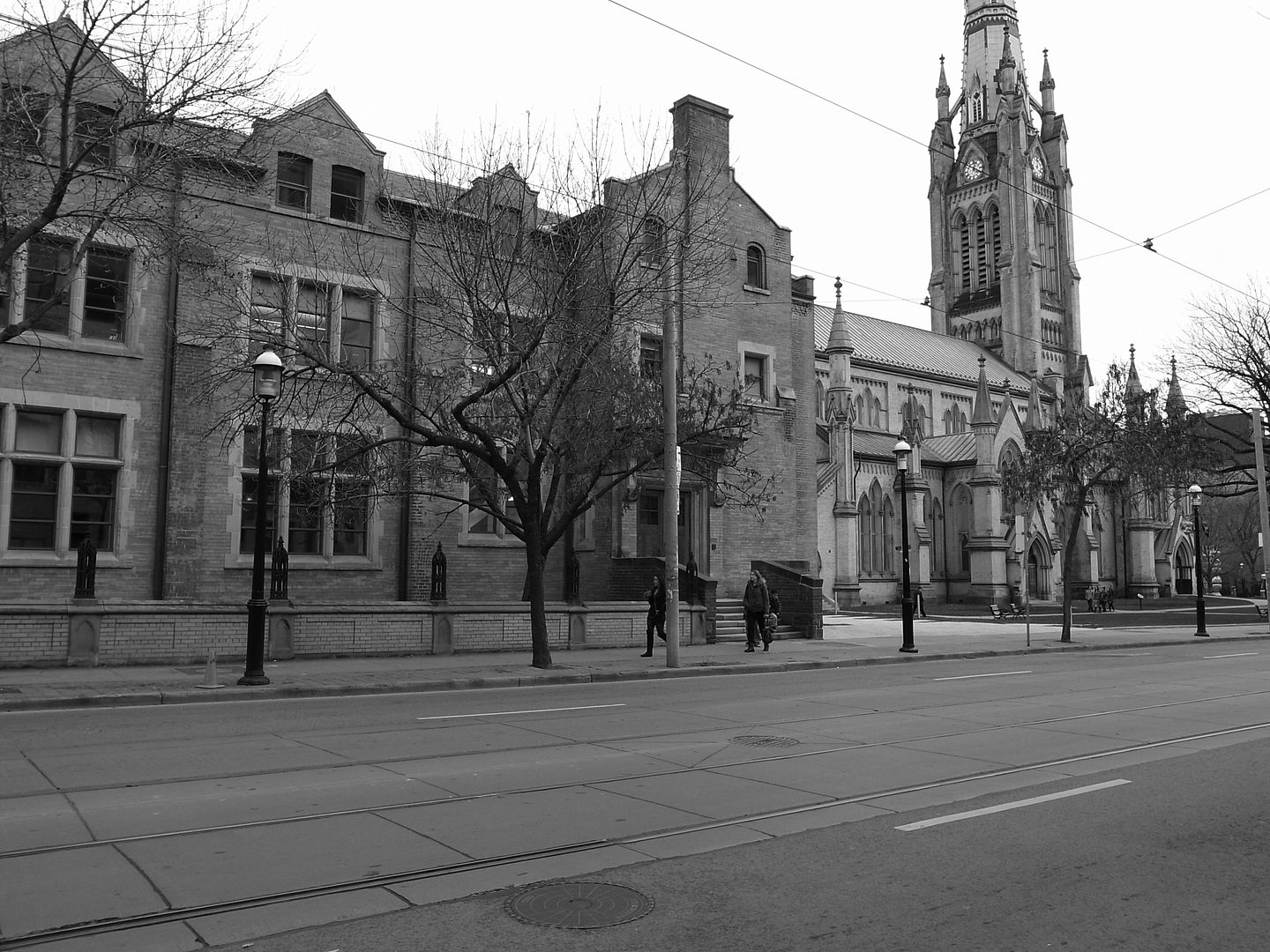
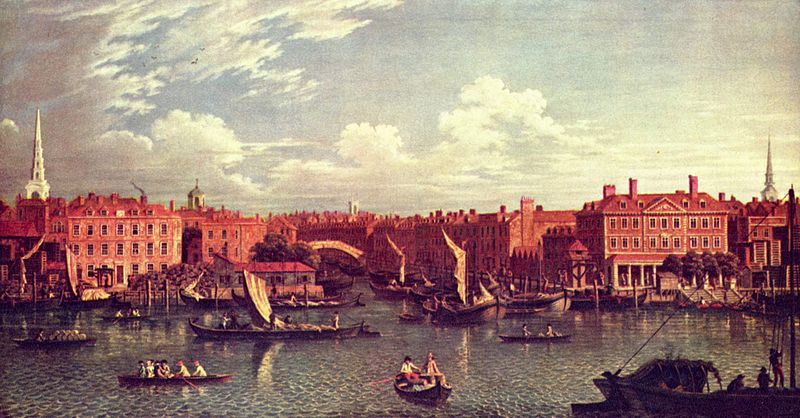
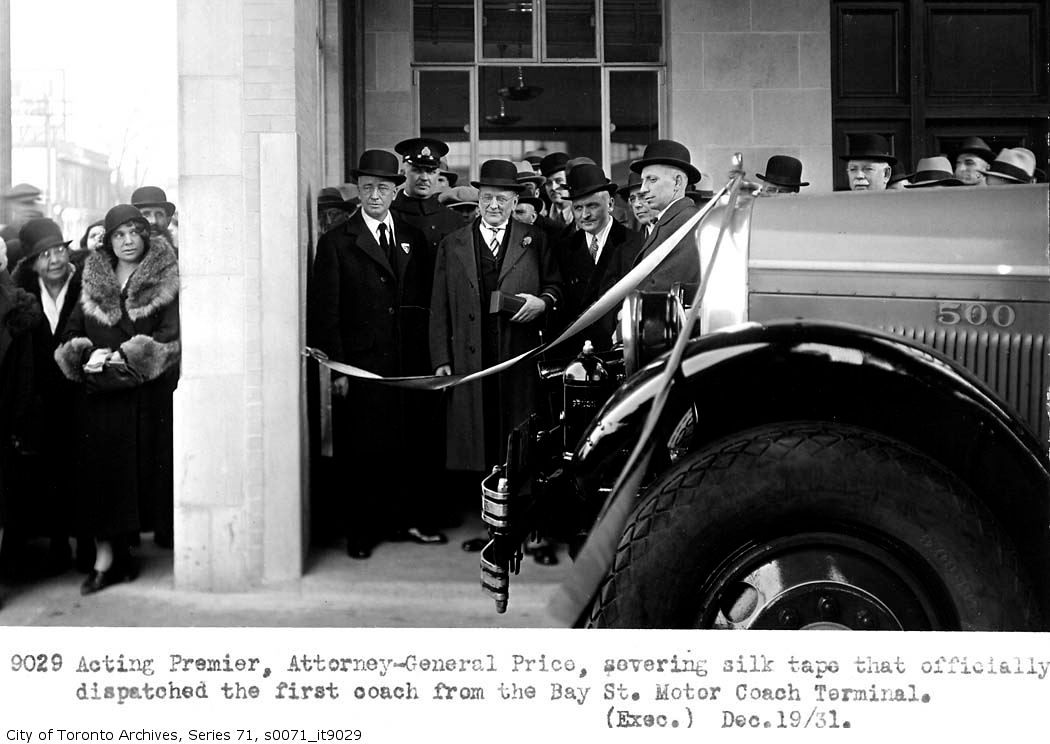
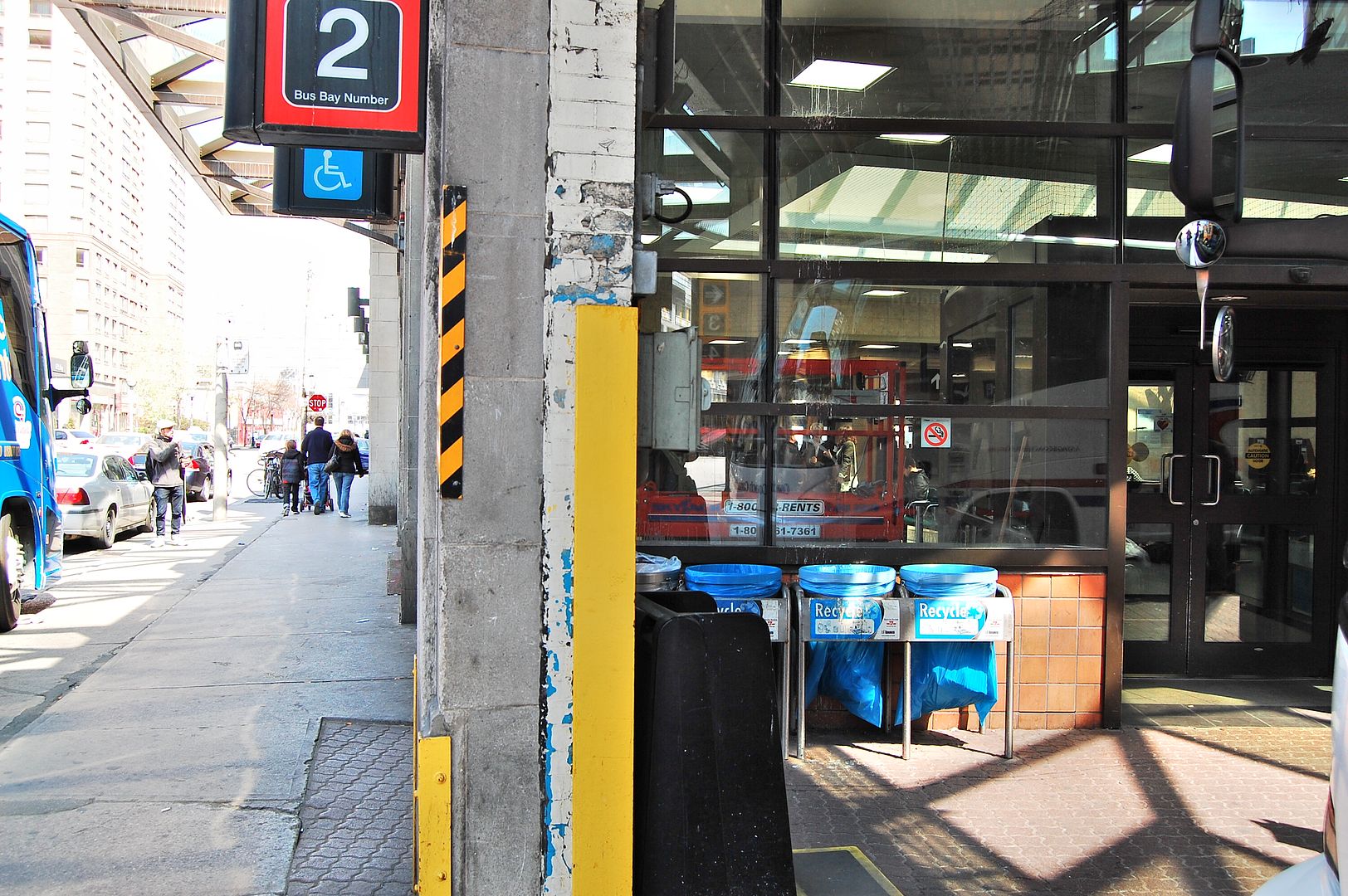
Although, bear in mind that the above illustrations are the work of artists who may well have elected to leave various "unaesthetic" elements out of the picture.
Yes, that’s him. Thank you for finding this! After 111 King St E he moved the business to 86 Yonge St for a number of years. (I noticed a photo of 86 Yonge around page 561 of this forum but I think it must be the building after the one he occupied in the 1860s.) From 1864-66 he also had a store across the street at 101 Yonge. The family had a military bent (his father was a Colour Sergeant in the Royal Scots and fought at Waterloo; his son was secretary of the Queen’s Own Rifles) and I suppose he might have been supplying leather goods to the military (Queen’s Own Rifles fought at Fort Erie during the Fenian Raid). Around 1876 he moved the business to 211 Yonge St until the family moved to Hamilton in 1878. Their homes after 111 King St. E. were at 17 Richmond St. E. (1861), above the store at 86 Yonge for several years (1862-68), 155 Victoria St. (1868), 40 Carlton St. (1869), 18 Carlton St. (1870-72), 26 Carlton St. (1873-74) and 63 Isabella (1874-78). All were rented. A lot of moving! When his son moved back to Toronto (around 1897) he bought a house in Deer Park at 36 Rosehill Ave. My grandmother and younger siblings went to Deer Park school.




